Zantedeschia Green Point Tissue Culture
$13.02
The flowers of the Zantedeschia Green Point Plant are small, white-coloured, pea-sized, butterfly-shaped, feather-like, bell-shelled, and generally very brief. They range in colour from lilac to yellow to pale grey. They grow in a variety of habitats but prefer rocky areas, coastal hillsides, fences, and wooded slopes. Zantedeschia seeds are oval in shape and grow in clumps. Flowering periods are spring through summer.
The main commercial plant used in gardening is the Zantedeschia Green Point Plant, which is used for the manufacture of capsule plants, and its seeds are used in seed starting and nursery growing.
Out of stock
Uses of Zantedeschia Green Point Plant
- Zantedeschia Green Point Plant is a member of the mint family, Cupressaceae. It was named after a German doctor and botanist who lived in quarantine due to the plague in 1694. This rare Chinese tea has been used since ancient times as a remedy for improving blood circulation.
- The tea of Zantedeschia Green Point Plant can be used as an anti-inflammatory, an anti-oxidant, or as a natural diuretic. Many health claims are made about the uses of Zantedeschia Green Point Plant but research on the topic is still ongoing.
- The tea is a dark green leaf tea with a foamy texture. The leaves have a coarse greyish green colour and are low yielding. This tea has medium caffeine content. The tea is used to make ginseng, which is used for pain relief, as well as Ginkgo Biloba, which is used to increase the energy levels of the body.
- Many people believe that this tea contains antioxidants. This is because the tea leaves are said to contain catechins that may fight cancer cells. Studies on this subject are still ongoing. There are also other antioxidants found in this tea that may help lower cholesterol levels, prevent clots from forming, and also help improve the function of the cardiovascular system.
- Many people who use this tea also use it to relieve tension and muscle pain. Because the caffeine in the tea isn’t absorbed by the body, it is often used for a relaxing drink before bedtime or on the weekends.
- It can be helpful when one is travelling and cannot stay awake long enough to do any traditional sleep medications. This tea is also thought to stimulate the nervous system, so it may be useful for those who suffer from insomnia. There are few studies on whether or not it can aid in memory improvement, but many people feel it has positive benefits.
Benefits of Zantedeschia Green Point Plant
- Zantedeschia Green Point Plant is a rich source of several essential vitamins and minerals that help in the treatment of several health problems. This helps to improve overall digestion as well as absorption of nutrients into the body.
- This in turn leads to increased energy levels and improved functioning of the immune system. It also helps to improve general health as it eliminates toxins and prevents many diseases such as colon cancer, diabetes and heart disease.
- The benefits of Zantedeschia Green Point Plant are numerous. Apart from being used as a detoxifier, it can also be used to increase the oxygen levels in your blood. It has been scientifically proven that the product increases the oxygenation of the blood by balancing the levels of carbon dioxide.
- It is also known to prevent the occurrence of arteriosclerosis in people suffering from high cholesterol. This product is a rich source of alkaline minerals and it also contains calcium and potassium, which are important for good bone health.
- Zantedeschia Green Point Plant can be used to treat skin conditions like psoriasis and eczema. It can also be used in the treatment of dandruff, and irritation caused due to dry skin.
- It has been scientifically proven that it cleanses the scalp and removes excess oils in the hair while treating dandruff. It has been used for thousands of years in Chinese medicine to cure lung congestion and to prevent and reduce asthma. It is also used to treat skin disorders such as dermatitis and eczema.
Properties of Zantedeschia Green Point Plant
- Zantedeschia Green Point Plant is a rare genus with three types of plants. It has six subspecies, all native to China and Vietnam. Each species exhibits distinctive physical differences, but they are all related to each other and their distribution is limited to China and the South Pacific.
- The first two subspecies, Canestraria and Chlorophytum, are both from the same geographical area but are distinguished by their flowers. The third subspecies, Zantacorum, is a subtype of Chlorophytum that is also known as “green thread,” since its flowers look like thread. The name, Zantedeschia, means “weaving plant.”
- The six subspecies of the species are distributed around the globe in different geographical areas and are known collectively as “zantacores.” They vary greatly in size and some are a foot or more in diameter. Flowers are single, large, hollow flowers containing numerous apices and stomatitis.
- The other six subspecies of the zantacore are less common and are known for their fruits, which are about one inch in diameter. All six types are considered a weed by many gardeners, so they are not commonly grown, although they can grow well in the right conditions.
Be the first to review “Zantedeschia Green Point Tissue Culture” Cancel reply
Related products
Tissue culture
Tissue culture
Tissue culture
Tissue culture
Tissue culture
Tissue culture
Tissue culture
Tissue culture

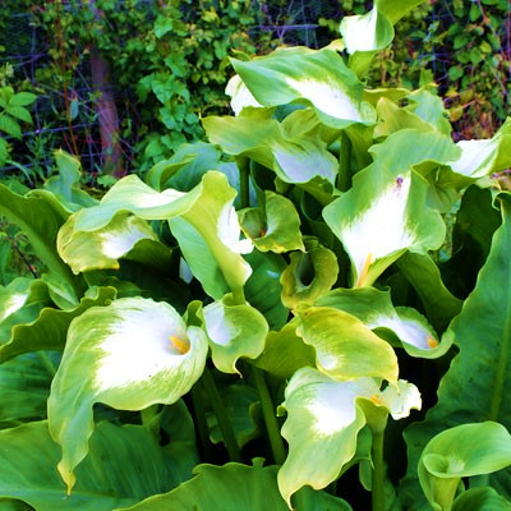


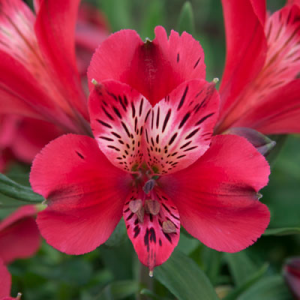
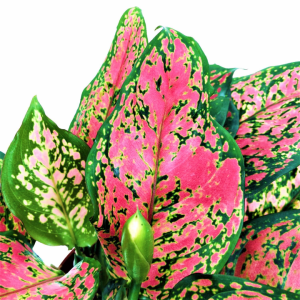
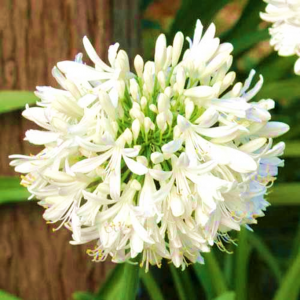
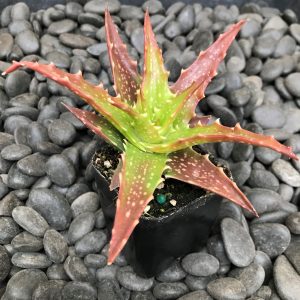
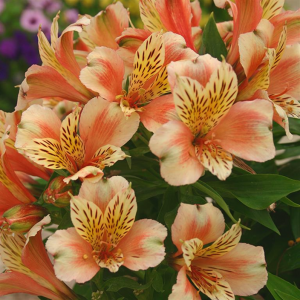
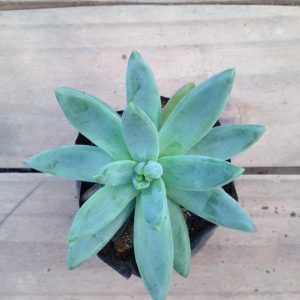
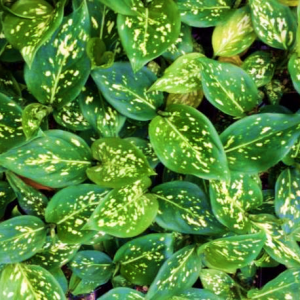
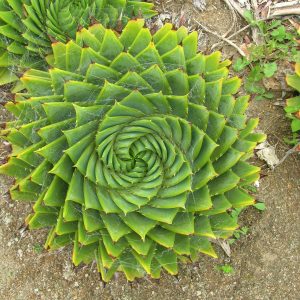
Reviews
There are no reviews yet.